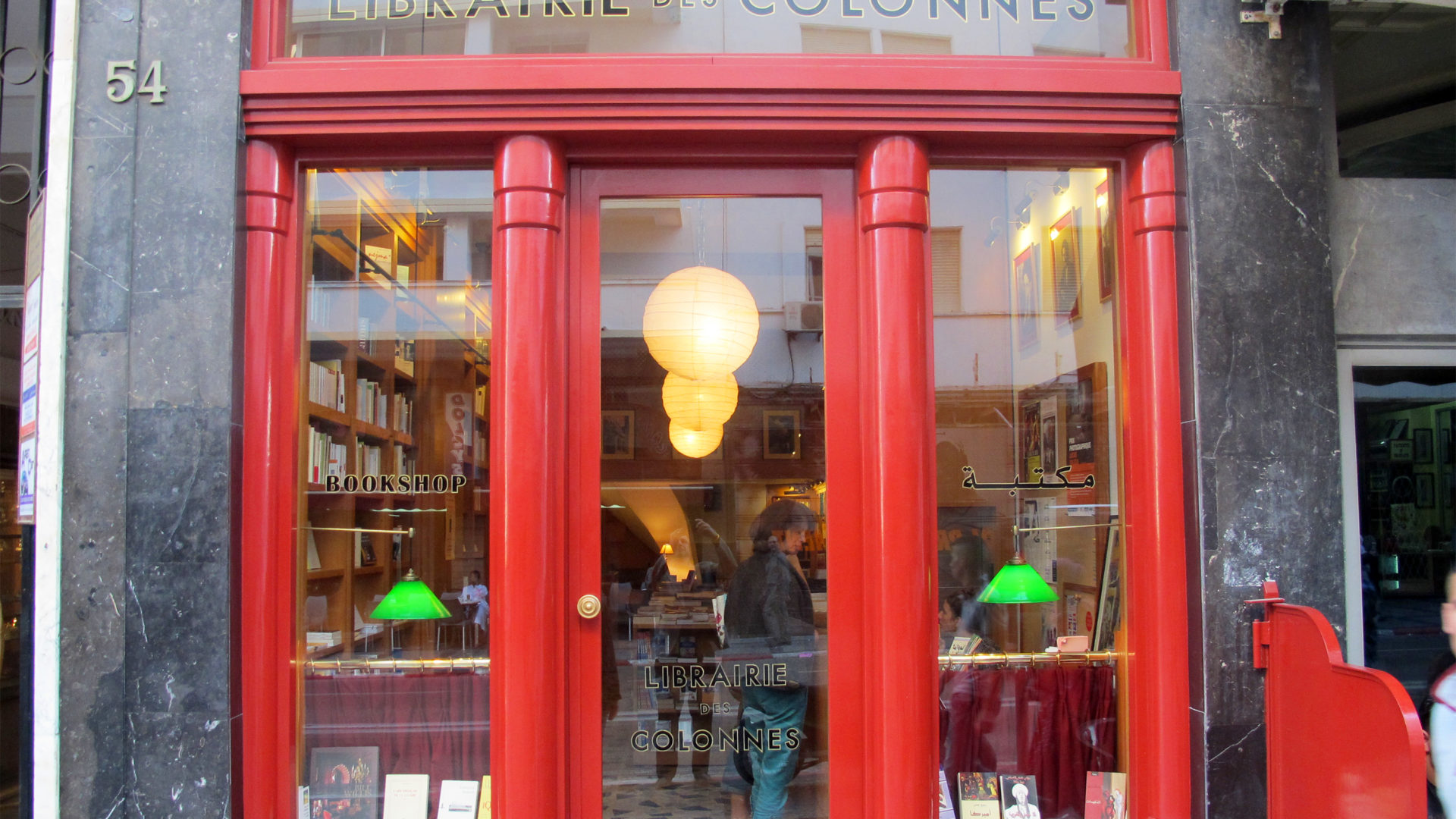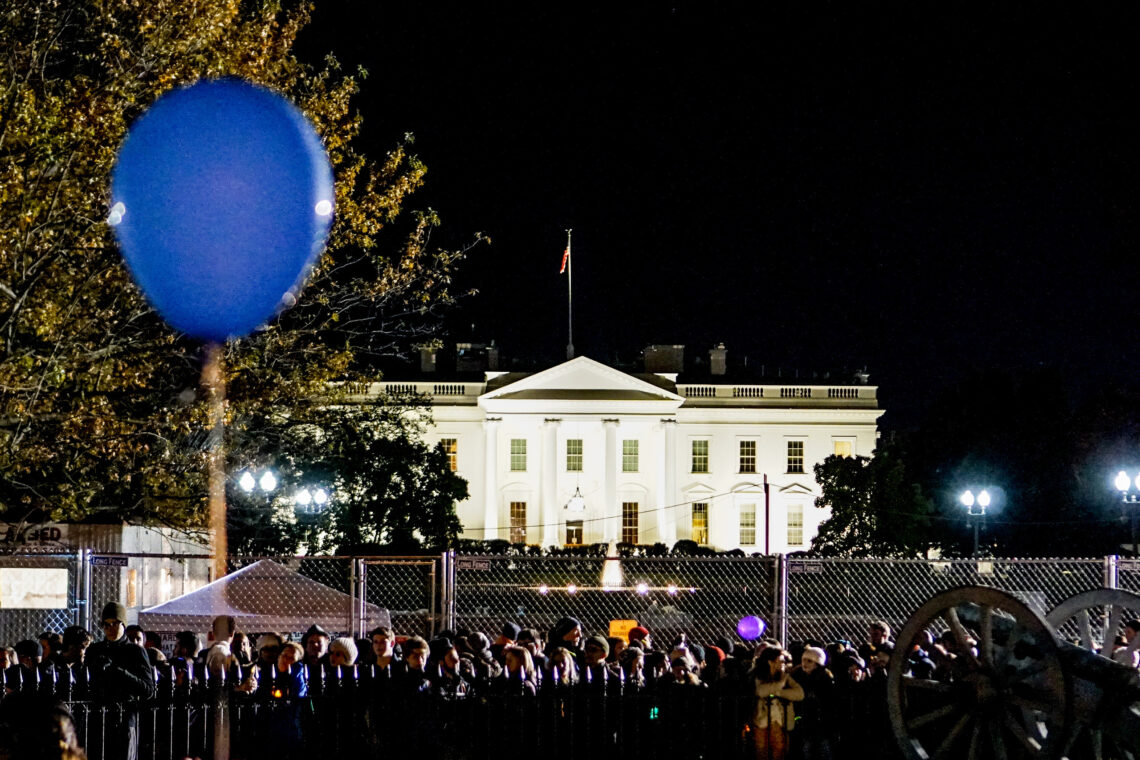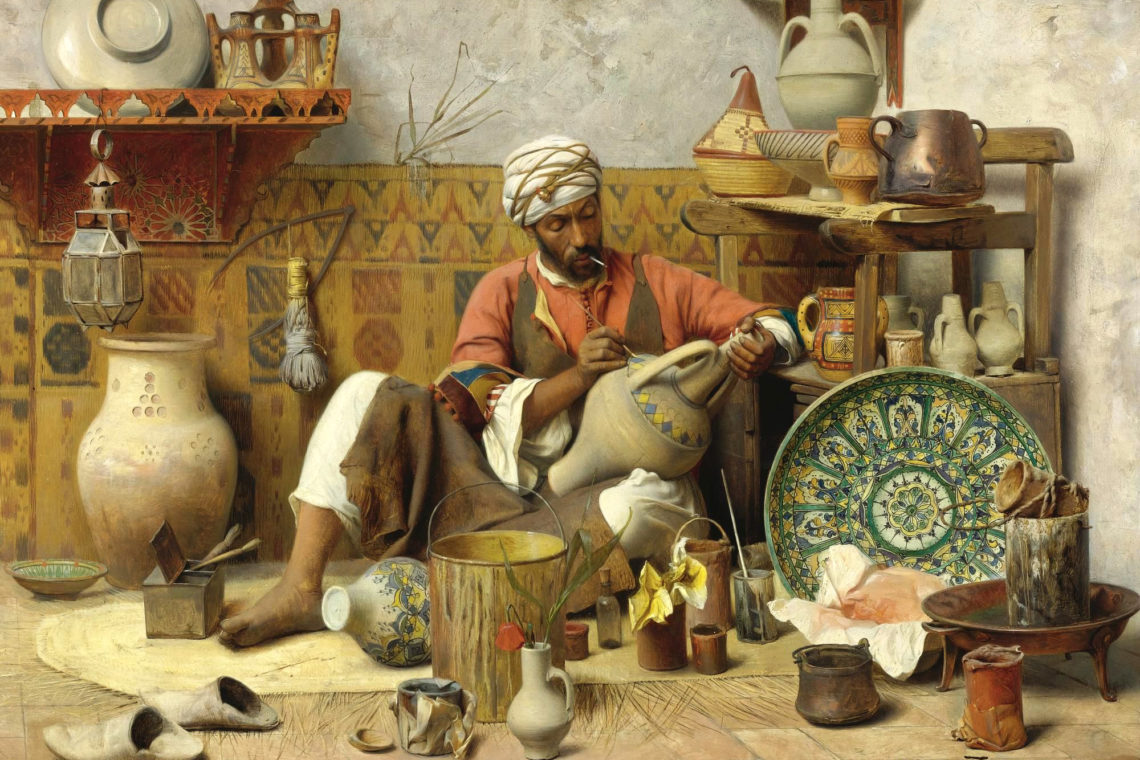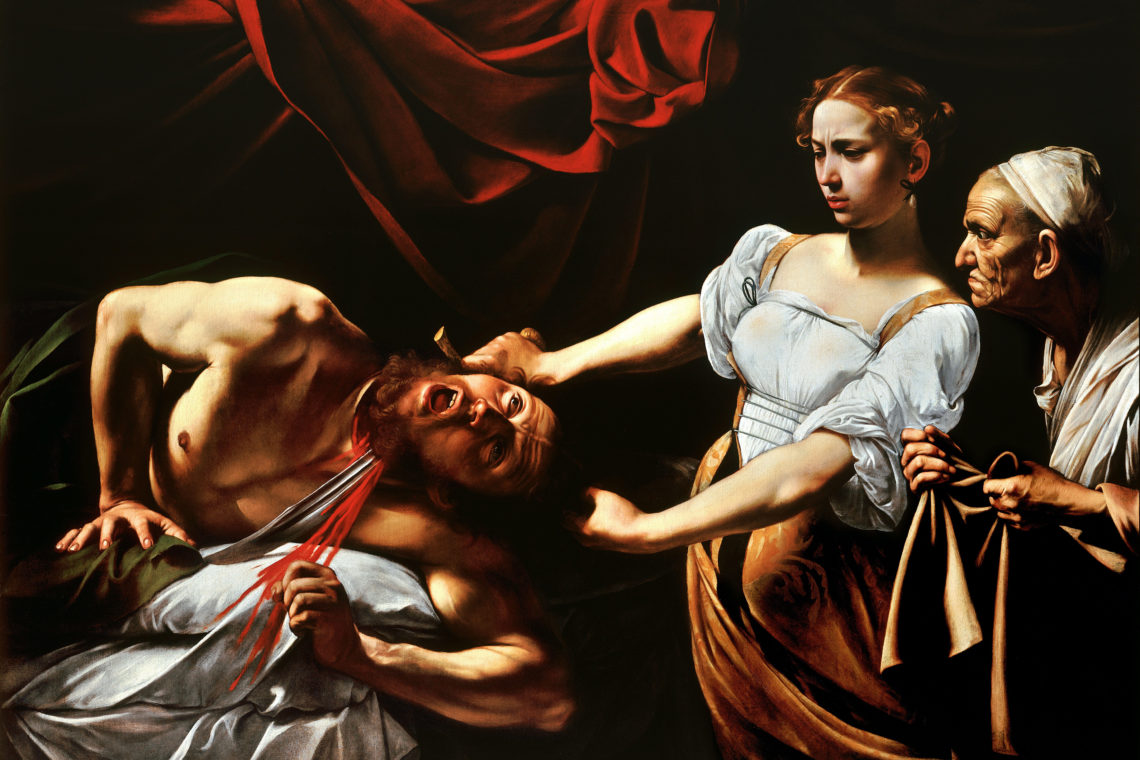From 1923 to 1956, the city of Tangier was legally designated as an International Zone ruled by eight Western countries. Tangier was under the control of foreign consuls, and was considered by “most pious Moroccans as a place apart, a plague zone infested and infected by infidels.” The city’s international status made it possible for people of different ethnicities and nationalities to take it as a place of residence. Tangier thus housed diverse inhabitants; in addition to its native Arabs, Berbers, and Jews, there were Spaniards, Frenchmen, Englishmen, Americans, Greeks, and others. Geographically, the city was divided into quarters housing myriad nationalities, speaking different languages.
Tangier, in a way, resisted the idea of the nation. For Rom Landau, Tangier represented “a space that exposed the nation form as a fiction.” And Greg Mullins describes the international city as “suspended between nations, cultures, and languages” and forming “a place of intermediacy and ambiguity . . . outside standard narratives of nationhood and identity.” Tangier was truly a meeting point between different ethnicities, cultures, religions, traditions, civilizations, languages, and ways of life. Its diversity, multiculturalism, and internationalism were factual and visible in its very physical layout. The city’s urban space could at least be divided into two major parts, the old medina –which was inhabited almost exclusively by Moroccan natives—and the new part of the city—which housed Tangier’s diverse, foreign residents. It’s worthwhile to point out that colonialism intensified the “hybridization” and multiplicity of Tangier’s urban space and was also a major factor behind the emergence of a “Tangieran Literature” marked by hybridity, multiculturalism, and multilingualism.
Tangier’s internationalization was one of those rare cases of what one could call collective colonialism, a phenomenon that affected significantly the outline of the city’s urban space. This collective colonialism brought to Moroccan-Islamic-Arab-Berber-Jewish Tangier the marks of Western modernity regarding urban planning and design. In his discussion of the physical layout of classical Moroccan cities, Khalid Amine underscores the fact that the circular form and town gates are deeply rooted in Moroccan city planning and architectural design since medieval times. Amine asserts that colonialism did affect “the morphology of most Moroccan cities, giving birth to new cities . . . beside the old ones.” The Western powers that controlled Tangier wanted to add a European flavor to its well-established Muslim-Arab-Berber heritage; and consequently a new part of Tangier came into existence. This new part radically changed the overall physical layout of the city and endowed it with hybridity, multiculturalism, and internationalism, features that go hand in hand with its status as International Zone. Iain Finlayson captures, to some extent, the transformation in Tangier’s urban space in the first half of the twentieth-century:
The new town [in Tangier], which dates in origin only from 1910, floated airily on a plateau above the old [town], like a wedding cake . . . .The streets, in their regular angularity, might have been inspired by Haussmann, radiating in a geometrical pattern from the Place de France like the beams of a star. . . . Refreshing breezes bowled along behind the new motor cars –Fords, Cadillacs, Renaults – and bicycles that cruised along the boulevard or the avenue d’Espagne that ran straight . . . . The cosmopolitan tone of the town was gracefully complemented by the names given to its streets –boulevard Pasteur, avenue Mondes-Portillo, rue Velasquez, rue d’Angleterre, rue du Portugal, rue de Russie, rue de Mexique, rue de Belgique, avenue des Nations.
It’s interesting and telling that Finlayson evokes the name Haussmann in the quote above. Georges-Eugène Haussmann, a French urban planner, was behind the rebuilding of Paris in the second half of the nineteenth century. In his Paris: Capital of the Nineteenth Century, Walter Benjamin refers to the “Haussmanization” of Paris. Benjamin points out that “Haussmann’s urbanistic ideal was one of views in perspective down long street-vistas,” adding that the “institutions of the worldly and spiritual rule of the bourgeoisie, set in the frame of the boulevards, were to find their apotheosis,” and that even “before their completion, boulevards were covered over with tarpaulins, and unveiled like monuments.” Paris, under Haussman, was transformed from a quasi-medieval town into a modern city, marked by its wide angular boulevards and plazas.
Indeed, the wide, angular boulevards in the new part of Tangier are reminiscent of Parisian boulevards. The regular, Haussman-like angularity of new Tangier stands in sharp contrast to the circular morphology of classical/medieval Moroccan cities that Khalid Amine underscores above. The new part of Tangier might have looked supra-European/Western. In other words, Tangier became –one could argue – more European than any single European city, for its physical layout and environment was a mélange of different European styles and influences, with notable contributions from the French and the Spaniards. This multinational Western mélange is aptly expressed in such appellations as Place de France, Rue d’Espagne, Rue d’Angleterre, Rue du Portugal, Rue de Russie, Rue de Mexique, Rue de Belgique, and Avenue des Nations.
It’s important to emphasize that the legal status of the International Zone is closely tied to the city’s urban space, architectural design, and demography. When we talk about the international city of Tangier, what first comes to mind is the physical territory of the city and its foreign residents and visitors: We think of Westerners inhabiting the city’s new buildings, schools, institutions, cafés, streets, boulevards, diplomatic missions, houses, and so forth. We think of that “spatial and experiential environment” which is marked by multiplicity, mélange, hybridity, and multiculturalism. New Tangier’s urban design in the early twentieth century looked (and still does) Western/European, rather than quintessentially Arab or Muslim. The Western look and feel of Tangier cannot escape visitors and tourists. One cannot fail, for instance, to notice the different languages on buildings and billboards throughout the city: Arabic, Spanish, French, English, and sometimes even Italian. Berber is now being added as another national language.
The diversity of the physical layout of International Tangier was further corroborated by its diverse residents who formed distinct social groups. Finlayson stresses that the international Zone was anything but homogeneous; he asserts that the city housed “a variety of social divisions and subdivisions that accord with a general instinctive perception of class, national, racial, religious, political and sexual discriminations . . . .” Finlayson characterizes Tangier as a “frontier town,” underscoring the fact that its “social borders are as fluid as the boundaries of any Balkan or Middle-Eastern country.” Greg Mullins, on his part, offers an interesting take on the immixing of Tangier’s diverse inhabitants; he points out that “sexual promiscuity provided the avenue through which the cultural, historical, and political indeterminacy of the International Zone was compressed into interpersonal contact.” He adds that “queer sexuality” marked the relations among expatriates on one hand, and between expatriates and the natives of Tangier, on the other. Such transnational, transcultural encounters had far-reaching implications for Tangier’s culture and literature, a point of utter importance.
The emerging literature of Tangier –literature produced either in or on Tangier – truly reflects a fascinating “cosmopolitanism.” The crossings between different social, national, ethnic, sexual, and/or religious groups –crossings enabled by the sheer physical space of the city owing to its supracolonial garb – played a major role in the literary, imaginary crossings within the literature of Tangier. In other words, International Tangier’s urban/human space affected tremendously its literary, imaginary space. Mullins captures this dynamic when he states that after Tangier was reabsorbed in the newly independent Moroccan state in 1956 American writer William Burroughs “had stopped writing about the material city of Tangier and had begun creating an imaginary Interzone through the manuscript that would become Naked Lunch.” Allen Hibbard notes that “the various kinds of personal encounters between Americans and Moroccans in Tangier” gave birth to “unique literary expressions.”
To add a historical background with regard to Tangier’s native and expatriate writers, I should point out that the city’s hybridity and diversity attracted many Westerners even after having been annexed –or liberated – by Morocco. Indeed, large crowds from Europe and the US swarmed the city in the 1960s, 70s, and 80s for a variety of reasons; some sought drugs, some sex, some seclusion, some spirituality, some inspiration, and some all of the above. Most importantly, Tangier attracted a number of literary figures from the West, namely the US, the UK, and France. Among the early Western writers who made their journey to Tangier were American Paul and Jane Bowles. Others who followed suit included Brian Gysin, William Burroughs, Allen Ginsberg, Jack Kerouac, Tennessee Williams, Jean Genet, and Alfred Chester.
Such transnational, transcultural encounters within Tangier played a key role in transforming the city from a locale of physical hybridity into a space of literary hybridity. This process of literary hybridization, I should add, does not exclude the city’s physical hybridity. In a way, one could say that Tangier became a supra-hybrid space of physical hybridity and literary hybridity. As a meeting point of writers of diverse backgrounds, Tangier inspired both foreign and Moroccan writers to produce literary works with visible marks of cultural and linguistic hybridity. Jeffrey Miller notes that “coming directly and indirectly out of Tangier, [we have] a showcase of literary production and scholarship involving a half-dozen languages –Arabic, English, Spanish, Ottoman Turkish, French, Italian, even Meso-American, and a few more languages in addition to these, what might fairly be called a truly cosmopolitan array of works by a community of writers and artists.” Interestingly, Tangerian literature –especially during the colonial period – was a key element in diluting the already hazy concept of the nation within the city. Tangier-based writers and artists bore clear marks of cosmopolitanism. And this cosmopolitan/hybrid bind characterizing the emerging Tangerian literature was perhaps an inevitable outcome of the internationalization of the city and the transnational, transcultural encounters that took place therein.





Comments are moderated by the editor and may not appear on this discussion until they have been reviewed and deemed appropriate for posting. All information collected is handled in a manner consistent with our privacy policy.